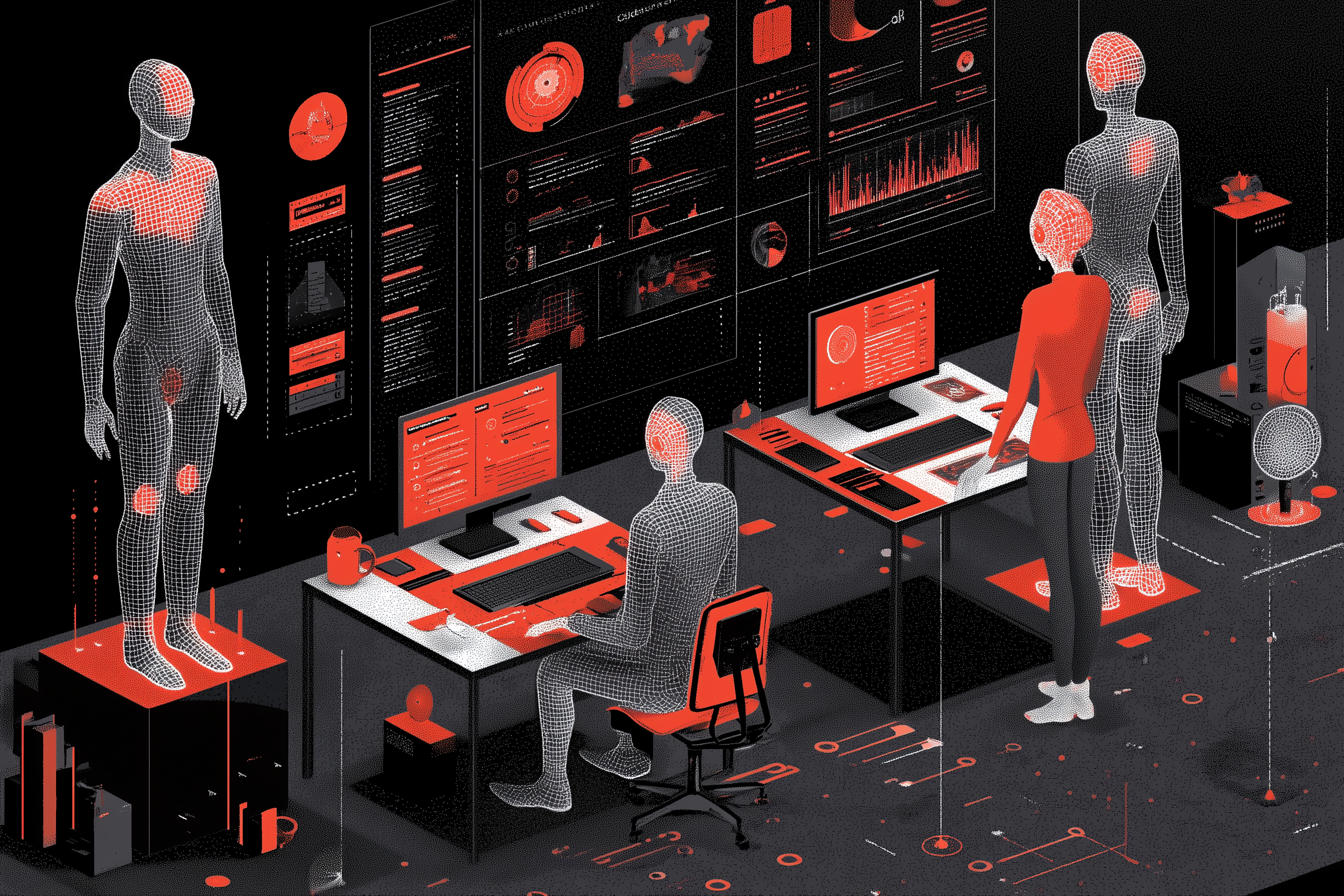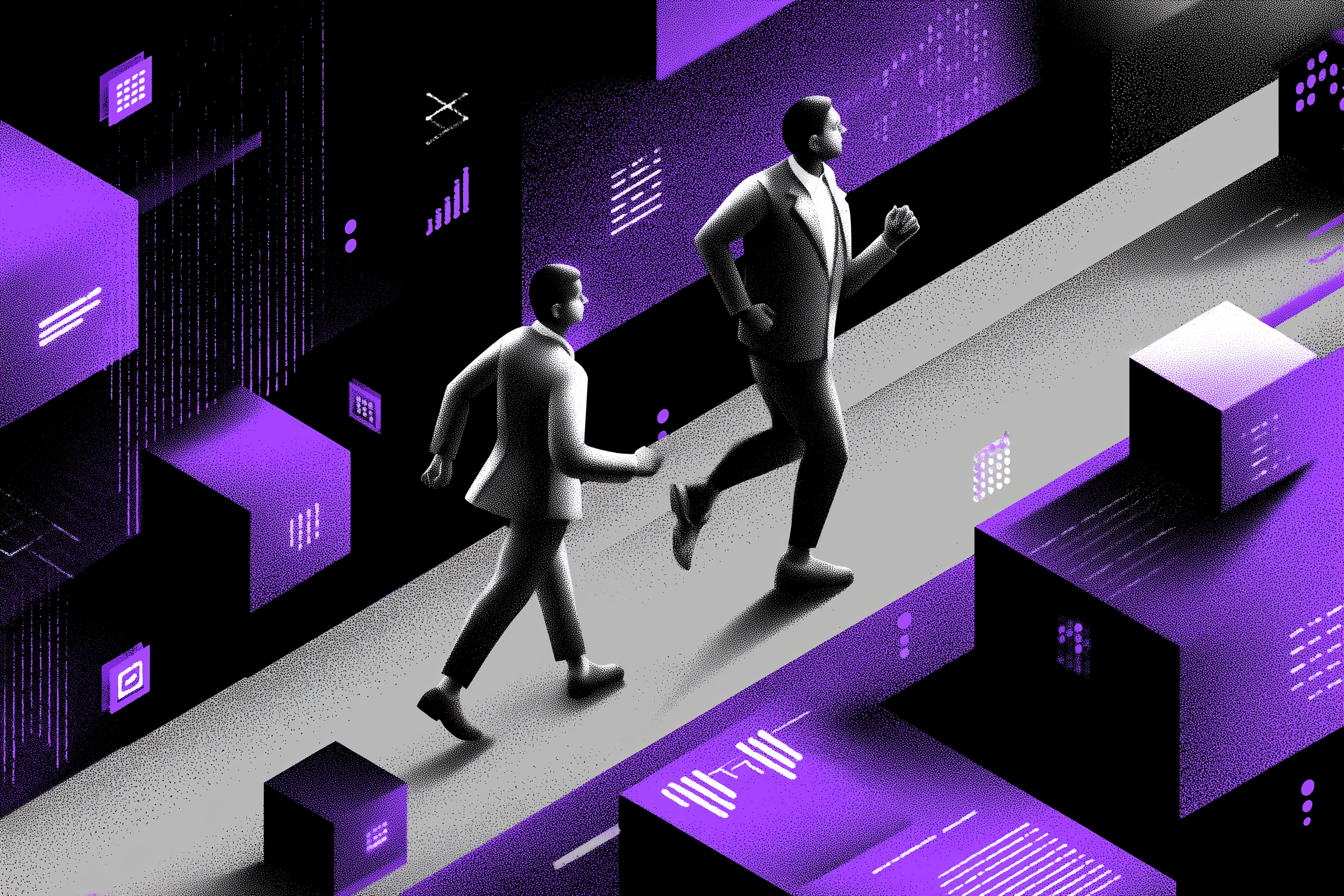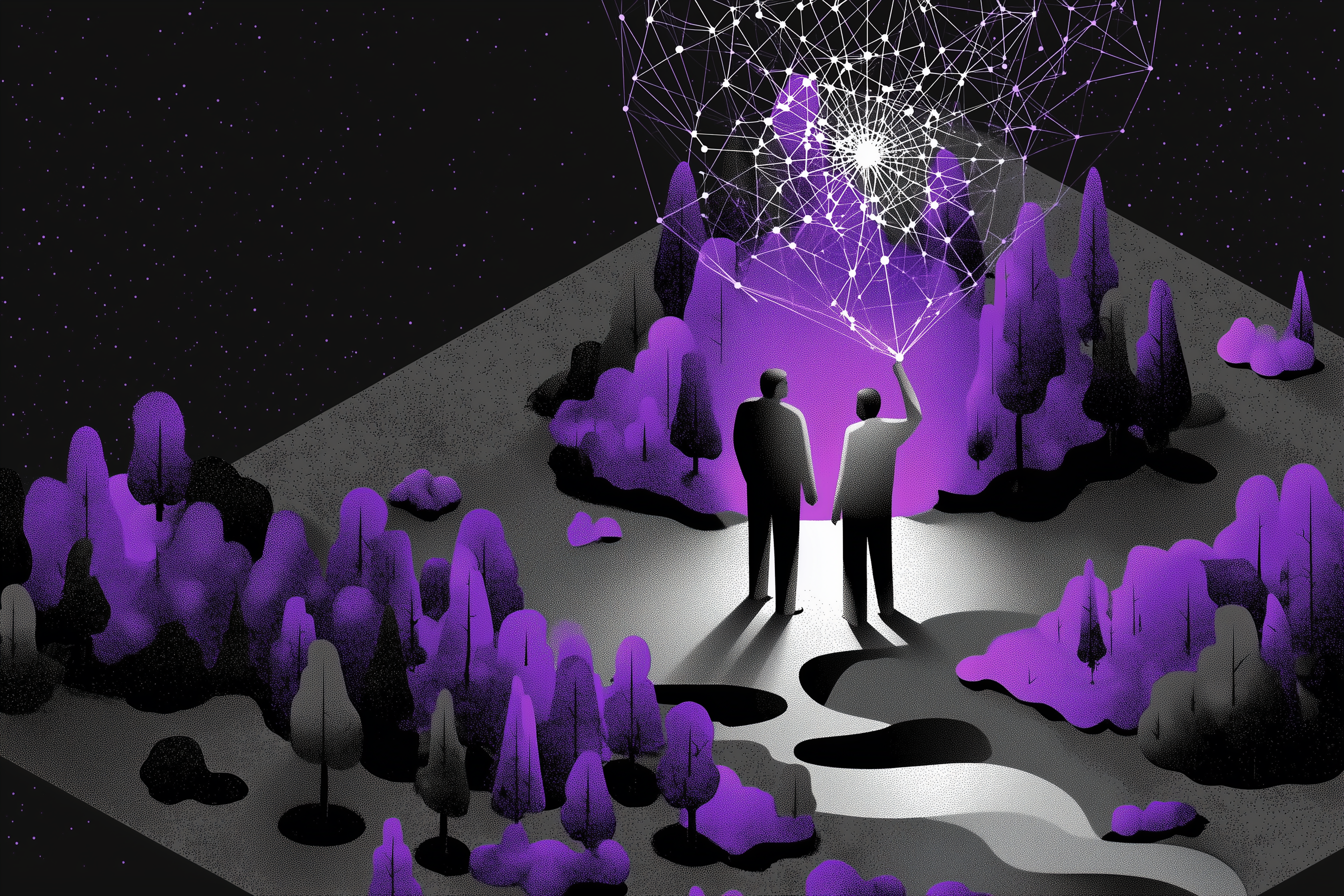Agentic AI : the concrete use cases that are transforming marketing and creative workflows in 2025

Discover how major brands use Agentic AI to transform marketing and creative workflows in 2025
Agentic AI: real-world use cases transforming marketing and creative workflows in 2025
Why Agentic AI is already transforming marketing and creative workflows
Agentic AI is emerging as a new execution model for marketing and creative organizations. It goes beyond content generation or automating isolated steps: it introduces an operational logic where autonomous AI agents can carry out a sequence of actions, interpret their own results, and adjust their trajectory based on predefined objectives.
For companies, this capability changes the structure of workflows. Tasks that once required sequential handovers between teams—analysis, creation, adaptation, activation, reporting—can now be orchestrated by a coordinated system of agents. This creates an environment where data, assets, validations, and decisions circulate more fluidly, redefining the role of marketing, design, and production experts.
In this context, the challenge is not adopting another tool, but designing a system where Agentic AI genuinely contributes to performance: clear objective-setting, data quality, creative governance, asset structuring, and integration with operational platforms.
To anchor this evolution in real operational examples, this article examines several concrete cases where Agentic AI is already deployed. These cases show how organizations are reshaping workflows, redefining operational priorities, and assessing the tangible benefits and limitations of this emerging approach.
What is Agentic AI?
Agentic AI refers to autonomous software agents capable of managing full chains of actions, evaluating their own outputs, and adjusting decisions without continuous human supervision.
In marketing or creative workflows, these agents can:
- analyze a market and detect opportunities
- generate multi-market activation plans
- select or create relevant assets
- coordinate validations
- launch content
- measure performance
- adjust strategy in closed-loop cycles
This capability is becoming essential as teams face rising complexity in data, assets, and activations—where manual coordination quickly reaches its limits.
Why Agentic AI is gaining traction in marketing and creative organizations
Marketing teams now operate across more markets, more formats, and more touchpoints. Creative teams must produce localized variations at a pace traditional workflows cannot support. Add fragmented validation cycles (creative, brand, legal, paid media, CRM) and a rising need for cross-channel asset consistency, and the limits of manual coordination become clear.
Agentic AI introduces operational autonomy that rebalances the workflow: agents handle coordination and execution, while humans focus on strategy, creative direction, and brand value.
Real-world use cases: major brands integrating Agentic AI into their workflows
To ensure credibility and practical relevance, this section draws exclusively on publicly available, verified sources. The examples below illustrate how companies are integrating autonomous agents into marketing and creative workflows, demonstrating measurable impact on coordination, asset production, and decision-making.
Estée Lauder Companies: an internal AI agent to centralize information and accelerate insights
The Estée Lauder Companies developed ConsumerIQ, an internal AI agent built using Microsoft Copilot Studio and Azure OpenAI Service. It centralizes access to large volumes of internal information: documents, reports, consumer studies, historical data, and institutional knowledge.
The agent enables marketing, insights, and R&D teams to:
- query all data in natural language
- obtain immediate synthesized insights
- access information required for decision-making in seconds
ConsumerGoods explains that the agent helps:
“consolidate decades of consumer data and streamline R&D and marketing workflows.”
This reduces research and analysis tasks from days—or even weeks—to near-instant access.
Microsoft summarizes the impact as:
“Bringing the information to the fingertips as opposed to waiting for somebody to go research and bring that output three days later.”
https://www.microsoft.com/en/customers/story/23488-the-estee-lauder-companies-microsoft-copilot-studio
This use case exemplifies Agentic AI: the agent doesn’t just output data—it orchestrates analysis, synthesis, recommendation, and creative preparation.
Coca-Cola: an autonomous AI agent to execute and scale a high-volume promotion campaign
According to The Cool Down, Coca-Cola deployed an autonomous AI agent to manage a large-scale marketing activation in Saudi Arabia. The goal: automate consumer targeting, orchestrate promotion delivery, and execute at a scale previously impossible without major human coordination.
The agent was set up to:
- analyze user behavior on social media
- identify profiles likely to engage
- automatically trigger digital coupon distribution
- adjust activation in real time based on engagement patterns
The agent executed nearly 8 million actions over two months, including 828,000 digital coupons delivered to consumers.
Source: The Cool Down
https://www.thecooldown.com/green-business/coca-cola-ai-agent-marketing-saudi-arabia/
This illustrates a fully agentic mode: the AI observes, targets, activates, and responds in continuous loops, automating a significant portion of the marketing cycle.
A global automotive manufacturer: multi-agent system for demand and production orchestration
Source: Polestar Analytics (Case Study)
Polestar Analytics partnered with a leading global automotive manufacturer to implement a multi-agent system designed to optimize demand management and enhance coordination across inventory, logistics, and production. Facing demand volatility and fragmented workflows, the client required a more reactive, less manually intensive process.
The system includes multiple specialized agents (Orchestrator, Inventory, Production) and a set of Decision Support Agents. The Orchestrator Agent serves as the central conductor: upon receiving a large order, it evaluates the impact, distributes tasks to other agents, and consolidates optimized paths for human validation (Human-in-the-Loop).
The agents work together to:
- analyze stock availability and recommend optimal reallocations
- assess production capacity and calculate adjustments
- generate scenario options including costs and timelines
- present fully formed plans for final human approval
Measured operational impact
- 70% of urgent demand met via smarter inventory reallocation
- 25% faster decision-making on demand fulfillment
- 15% increase in on-time deliveries
- 20% reduction in logistics costs
These metrics demonstrate genuine agentic behavior: agents analyze, propose, orchestrate, and accelerate operations while maintaining human oversight.
Measurable benefits observed
Across the three verified cases, Agentic AI delivers structural—not incremental—gains:
- Estée Lauder (ConsumerIQ): near-instant access to internal knowledge previously requiring days/weeks of manual research.
- Coca-Cola (Saudi Arabia): 8 million actions executed autonomously, including 828,000 coupon activations.
- Global automotive manufacturer: 70% smarter demand responses, 25% faster decisions, improved logistics and operational coordination.
These results shift team dynamics, moving humans toward strategic coordination and reducing reliance on manual execution.
Agentic AI: a new competitive advantage for marketing and creative workflows
The examples in this article show that Agentic AI is no longer a theoretical horizon; it is already reshaping workflows across insights, marketing activation, and industrial operations. In each case, agents do more than accelerate execution—they redefine how organizations collect, interpret, and mobilize information to act faster and more precisely.
Companies investing now in structured data, compatible platforms, and robust human-in-the-loop governance will be best positioned to benefit from increasingly autonomous AI systems. As agents gain analytical and coordination capabilities, competitive advantage will shift toward organizations that can orchestrate them across coherent, controlled workflows.
Ultimately, Agentic AI is not just an evolution of AI technology—it is an evolution of how teams work, decide, and create.
FAQ: Agentic AI questions for marketing and creative teams
1. What is Agentic AI in marketing and creative workflows?
Agentic AI refers to autonomous software agents that execute multi-step tasks, analyze their outcomes, and adjust decisions without constant supervision. In marketing and creation, they automate entire workflow segments such as insights analysis, campaign activation, asset coordination, or creative support.
2. How does Agentic AI improve marketing workflows?
It accelerates execution (activation, targeting, local campaigns), simplifies decision-making through automated insight generation, and strengthens multi-channel consistency. Tasks once fragmented across teams are orchestrated by an agent that observes, recommends, and acts.
3. Does Agentic AI replace creative or marketing teams?
No. Agentic AI automates execution and repetitive tasks. Creative teams retain artistic and strategic direction, while marketers focus on planning, brand coherence, editorial work, and innovation.
4. What results can be expected from deploying an AI agent?
Real-world gains include instant access to internal data, accelerated marketing activations, high-volume automation (millions of actions), improved operational coordination, and faster decisions. Results vary based on data quality, governance, and integration with existing tools.
5. How can an AI agent be integrated into a marketing or creative environment?
Integration relies on three key steps: structuring data (insights, assets, performance), connecting compatible platforms (DAM, workflow tools, collaboration systems), and defining a human-in-the-loop model for supervision. The goal is a reliable, coherent, and controlled system.
Sources
Estée Lauder – ConsumerIQ AI Agent
- The Estée Lauder Companies built ConsumerIQ using Microsoft Copilot Studio
- How Estée Lauder’s AI Agent ConsumerIQ is consolidating data and streamlining R&D



